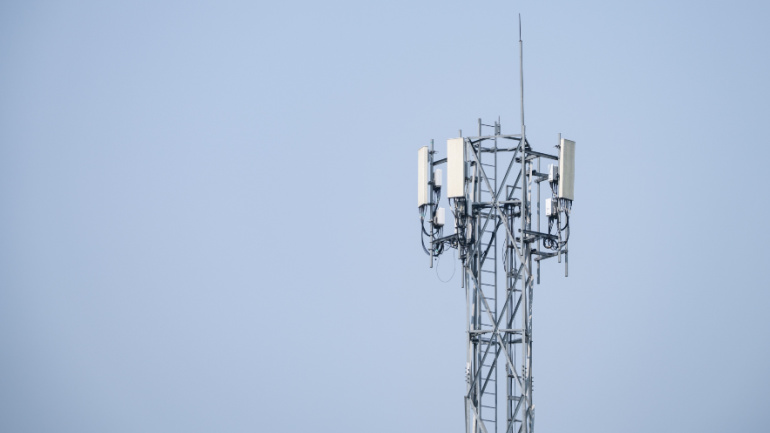An unprecedented advance in antenna technology can enable the manipulation of all five fundamental properties of electromagnetic waves through software control, according to researchers at City University of Hong Kong.
Five nations have formed a global alliance, ambitiously named the Global Coalition on Telecommunications (GCOT), a promising step towards international cooperation in the telecommunication arena. Set to modernize Open RAN, enhance 6G, and resolve security issues linked to China, this consolidates the efforts of five major entities across UK, Australia, Canada, Japan, and the U.S. The coalition aims to better integrate policy matters and drive growth within the industry. However, uncertainty looms over the form this alliance will take in future, prompting intense interest within the telecom sector.
Amid growing inflation and swelling telecom budgets, the advent of 6G brings in costly implications tied to Radio Access Network (RAN) equipment. As these financial implications loom, The Next Generation Mobile Network (NGMN) Alliance proposes a different approach to 6G implementation that may spare existing 5G infrastructure from unnecessary renewal. They advocate an operator-driven decision process in refreshing the 5G RAN, maintaining that 6G upgrade should not compromise 5G user experience and should be software-upgradable on existing network elements. As 5G capex reaches its peak in markets like the U.S., NGMN’s stance could potentially redefine traditional strategies in introducing new generations of mobile technology.
Deutsche Telekom has made a significant stride in mobile telecommunications, achieving 12 gigabits per second in field tests using 6GHz frequencies – quite a leap from the current 5G network speeds. The German telecom giant credits this achievement to merging two data streams from different frequency antennas, a method they suggest may become standard for these bands. However, before this breakthrough can materialize, it’ll go under scrutiny during the upcoming ITU World Radiocommunications Conference.
The UK’s Advertising Standards Authority recently adjudicated a dispute over the supposed misleading adverts of ISP, 6G Internet. The ASA ruled that the company name erroneously suggested the availability of non-existent 6G services. The decision underlines a recurrent issue of consumer confusion over service offerings in the telecommunications sector. Despite the controversy, 6G Internet has not indicated plans to adjust their brand name, possibly sparking inevitable customer confusion as the prospect of true 6G technology looms nearer.
The intriguing merger between Dish Network and EchoStar creates a powerful entity in wireless connectivity, poised to lead in both terrestrial and non-terrestrial realms. Fusing Dish’s comprehensive services with EchoStar’s satellite solutions promises robust connectivity options, utilizing a vast array of technology and expertise. Yet, beyond the marriage of technology, the merger is primarily a tale of economic survival and growth. The incorporation of EchoStar’s financial stability into Dish’s uncertainty may just be the lifeline
In a groundbreaking advancement set to redefine 6G services, field experts are experimenting with brain-inspired computing. Noted engineers from King’s College London and Princeton are spearheading a project aiming to enhance the integration of AI in wireless communications systems. This strategic initiative, fuelled by support from prominent bodies like the ESPRC and NSF, has the potential to reshape sectors such as mobile health care and robotics.
The GSMA and the European Space Agency are planning a collaboration to further integrate satellite and cellular technologies. This new alliance promises to bring non-terrestrial networking (NTN) into the market mainstream, a significant step, previously signaled by NTN’s inclusion in the 3GPP’s 5G standards. With eyes set for integration in future 6G networks, this collaborative endeavor aims to advance unique solutions for businesses and consumers. It’s an astounding opportunity that potentially could yield a high-growth market worth $18 billion between 2024 and 2031.
The US and India strengthen their strategic partnership, focusing on 6G research, Open RAN, and semiconductors, while collaborating on technology sharing, co-development, and co-production opportunities between industry, government, and academia.
Keysight and Nokia Bell Labs collaborate to tackle high-frequency challenges in mobile technology, exploring the potential of D-band and E-band frequencies, dubbed “subterahertz,” for 6G applications such as augmented reality and autonomous transportation.












